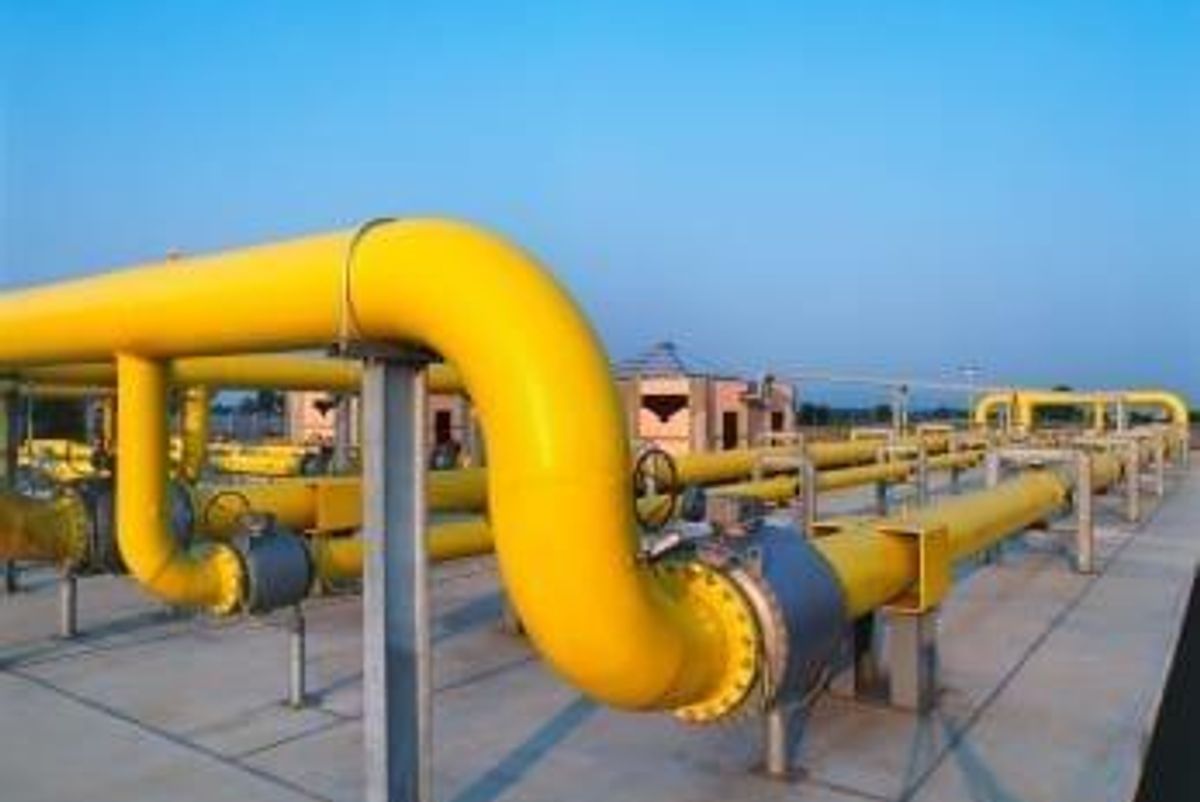- AustraliaNorth AmericaWorld
Investing News NetworkYour trusted source for investing success
- Lithium Outlook
- Oil and Gas Outlook
- Gold Outlook Report
- Uranium Outlook
- Rare Earths Outlook
- All Outlook Reports
- Top Generative AI Stocks
- Top EV Stocks
- Biggest AI Companies
- Biggest Blockchain Stocks
- Biggest Cryptocurrency-mining Stocks
- Biggest Cybersecurity Companies
- Biggest Robotics Companies
- Biggest Social Media Companies
- Biggest Technology ETFs
- Artificial Intellgience ETFs
- Robotics ETFs
- Canadian Cryptocurrency ETFs
- Artificial Intelligence Outlook
- EV Outlook
- Cleantech Outlook
- Crypto Outlook
- Tech Outlook
- All Market Outlook Reports
- Cannabis Weekly Round-Up
- Top Alzheimer's Treatment Stocks
- Top Biotech Stocks
- Top Plant-based Food Stocks
- Biggest Cannabis Stocks
- Biggest Pharma Stocks
- Longevity Stocks to Watch
- Psychedelics Stocks to Watch
- Top Cobalt Stocks
- Small Biotech ETFs to Watch
- Top Life Science ETFs
- Biggest Pharmaceutical ETFs
- Life Science Outlook
- Biotech Outlook
- Cannabis Outlook
- Pharma Outlook
- Psychedelics Outlook
- All Market Outlook Reports
Rights Issue and Shortfall

Oil companies are turning to liquid natural gas (LNG) as an affluent option for investment.
As oil prices continue to struggle and demand reaches a new low due to new green initiatives, oil companies are turning to liquid natural gas (LNG) as an affluent option for investment.
Annual investment in oil and gas projects has fallen from $780 billion to $450 billion over the last two years in an unprecedented collapse, and there is no sign yet of a recovery next year. Approximately 90 companies have gone bankrupt since oil prices crashed. Meanwhile, natural gas is the second-largest primary energy source consumed in the US, providing 28 percent of overall energy needs and heating more than half of American homes.
According to the US Energy Information Administration’s International Energy Outlook 2016, natural gas is the fastest-growing fossil fuel and its consumption is expected to increase by 1.9 percent annually until 2040.
It’s no wonder that oil companies are switching to projects in natural gas – and why investment has started to boom in the sector.
A natural choice
Natural gas is an attractive choice because it has higher fuel efficiency, burns cleaner than coal or petroleum products, and is an affordable option for reducing carbon dioxide (CO2) emissions. As the US and China shift to reduce these emissions, natural gas is the prominent solution.
Oil and gas companies are also looking to move away from oil because the global economy is becoming dangerously reliant on crude supply from political hotspots, which tends to stall gains in general.
Companies have also been evolving their practices of extraction using horizontal drilling and hydraulic fracturing, which has provided a more affordable method for natural gas.
Expansion of LNG
According to the Wall Street Journal, LNG startup projects in Australia and the US are expected to add 135 million tons a year to production capacity by 2020 — a 50 percent increase in global supply.
This expansion is in response to a lesser demand in traditional markets, such as Japan and South Korea, and in response to general economic weakness. As a result, oil companies are feeling the pressure to modernize their business models and expand into the natural gas market.
Shell leads the way
Shell (LON:RDS) is trail blazing the switch from oil to natural gas by developing new gas markets. One way it is doing this is by investing in import terminals and needed infrastructure to distribute fuel – two of the biggest obstacles to the growth of the LNG market today. The plan is to encourage a massive amount of commercial and technological innovations to unlock new areas and regions of demand.
The company is tackling the issue with import terminals and infrastructure by lobbying governments on the environmental benefits of natural gas. The company worked closely with the Jordanian government as it developed new LNG importing facilities, and became a major supplier for its terminal when it opened in 2015. In August, the company signed a deal to supply LNG to Gibraltar that included the construction of import infrastructure.
Shell also has also been encouraging new ways to open the natural gas market by trying to build a presence in the market for LNG as transportation fuel. It now operates LNG truck fueling stations in the US and the Netherlands. But in a sign of the challenges facing the LNG transport market, the company decided to shut down two fueling stations in Canada this year, largely because of weaker-than-expected demand.
The company is also targeting the shipping market, hoping new regulation of fuel emissions will encourage more shippers to switch to LNG to power their fleets. Shell expects to have close to global coverage for LNG fuel supply to the shipping industry by the end of the decade. They are hoping that more refueling facilities at ports or on the road will lead to a growth market for LNG transportation fuel.
But, to keep up with this rapidly evolving industry, companies will need to modernize their technology while keeping their operating costs low.
Still a need for technological solutions
Although investment in natural gas looks promising for 2016, several factors need to be addressed before the resource can really flourish.
The biggest hurdles will be the need for better technological solutions, which would lower overhead cost and help navigate changing rules and regulations for the industry. Because the natural gas market is heavily correlated with external market conditions, the demand and supply of natural gas may fluctuate greatly due to changes in economic or environmental conditions elsewhere in the world, and companies will need technology that gives them easy and fast access to information, enabling them to make the right decisions faster.
With the nation’s high inventory of natural gas expected to keep applying downward pressure on prices, companies are increasingly looking for more efficient solutions to reduce costs, improve productivity and become nimbler in this increasingly booming resource.
The drop in oil has been so drastic this year that many companies are expected to follow Shell’s example. Oil companies will probably continue to expand their markets and improve technology due to their concerns about energy security. With an expected oil price spike on the horizon, natural gas will only continue to grow in popularity for investors.
Don’t forget to follow @INN_Resource for real-time news updates!
Securities Disclosure: I, Sarah Jamieson, hold no direct investment interest in any company mentioned in this article.
Outlook Reports
Featured Energy Investing Stocks
Browse Companies
MARKETS
COMMODITIES
| Commodities | |||
|---|---|---|---|
| Gold | 2381.16 | +17.45 | |
| Silver | 28.83 | +0.70 | |
| Copper | 4.36 | +0.10 | |
| Oil | 85.63 | -0.03 | |
| Heating Oil | 2.67 | -0.02 | |
| Natural Gas | 1.70 | -0.07 | |
Investing News Network websites or approved third-party tools use cookies. Please refer to the cookie policy for collected data, privacy and GDPR compliance. By continuing to browse the site, you agree to our use of cookies.





